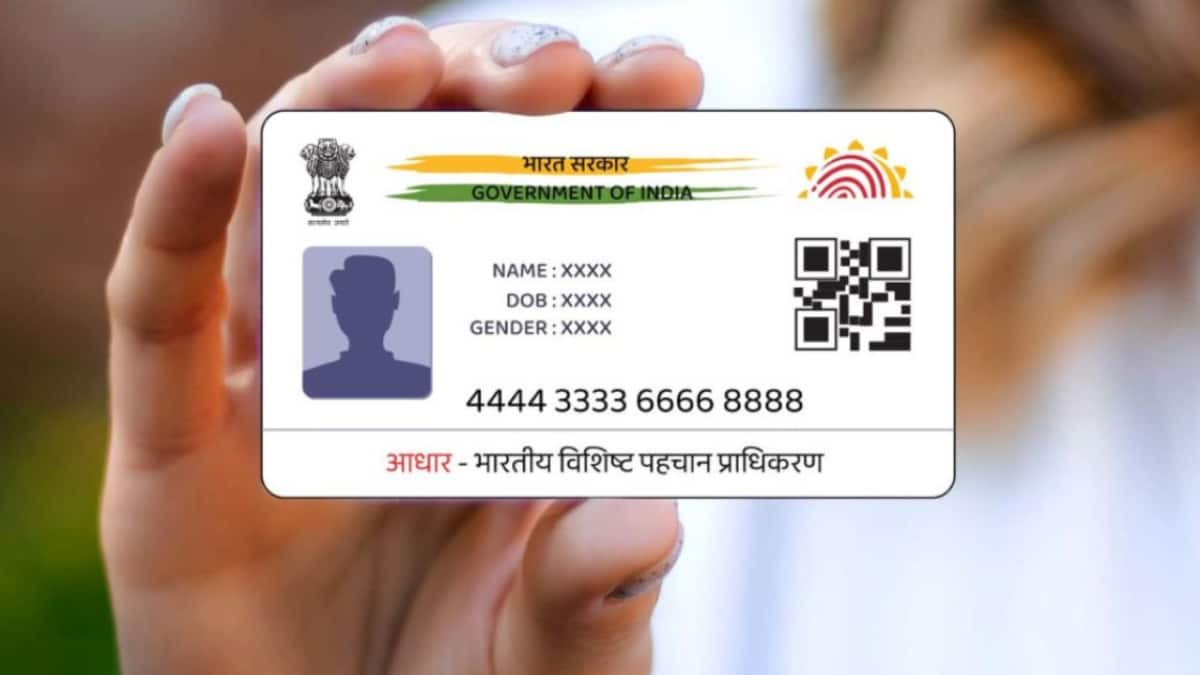Reports UnderThis new identity can be brought in the name of Digital Address ID, which will be part of India’s Digital Public Infrastructure (DPI). This initiative is part of the government’s next major digital strategy after successful techniques like UPI and Aadhaar. Let us know what this system is, how it will work and why it felt the need.
Is this a ‘digital address ID’?
In simple words, it will be a unique code or digital identity that will be given to every house, shop, office or any physical location. Just as you are identified with your mobile number, so your home will be recognized with a digital address code. With this code, that location can be tracked or verified in a digital manner from anywhere.
How will this system work?
In this digital address system, every location will be given a unique ID which will be based on geo-location (eg Latitude-Longitude), mapping data and address information.
In this:
- Your physical address will be digitally mapped
- There will be a unique code on it
- That code can be used as an address in ecosystem like government portals or UPI
- If necessary, it can also be used as QR code
Why is the government planning this?
For delivery and improvement in e-commerce, for example, delivery will be easier and faster for location-based services such as Zomato, Amazon, Swiggy etc. The correct targeting of government schemes, ie digital address, can be tracked whether the house gets the benefit of which scheme. Will be helpful for emergency services, such as fire brigade, ambulances and police will be able to reach the exact location of the house. Fake addresses and fraud will also be prevented, such as digital verification can reduce fraud cases by giving forged addresses or wrong addresses.
What is the status at the moment?
This project is in the initial stage. NITI Aayog and officials associated with Digital India Mission are considering this. If everything goes according to the plan, then its rollout can start across the country in the coming years.

